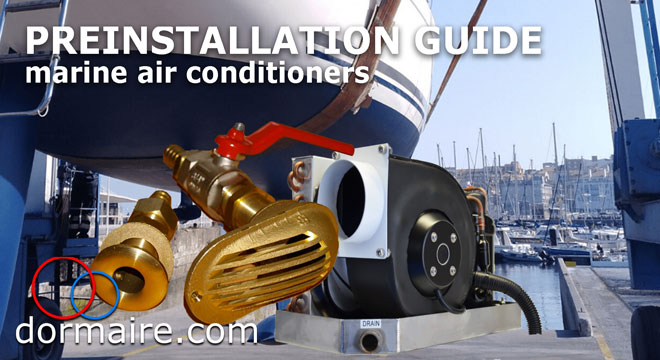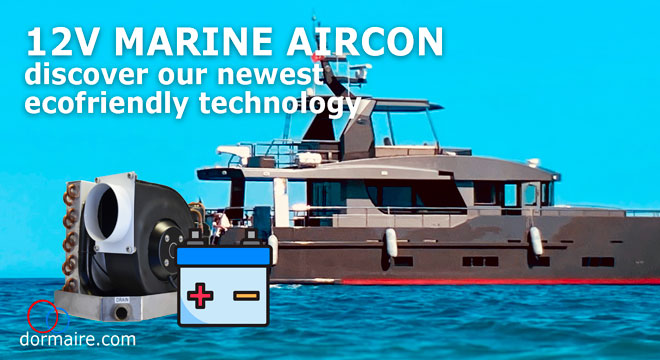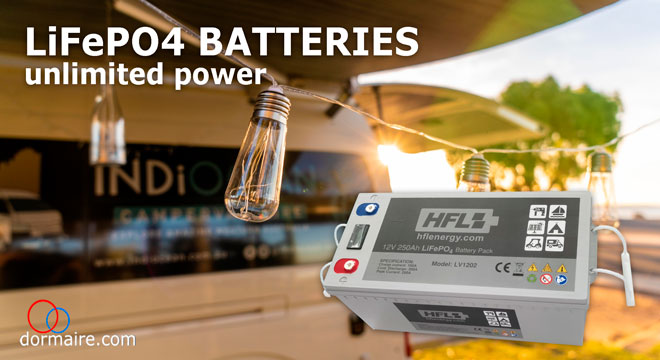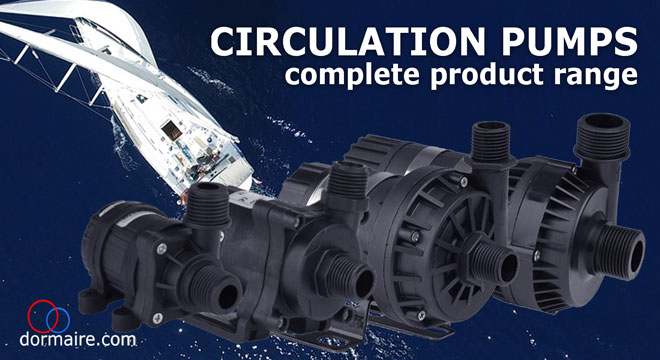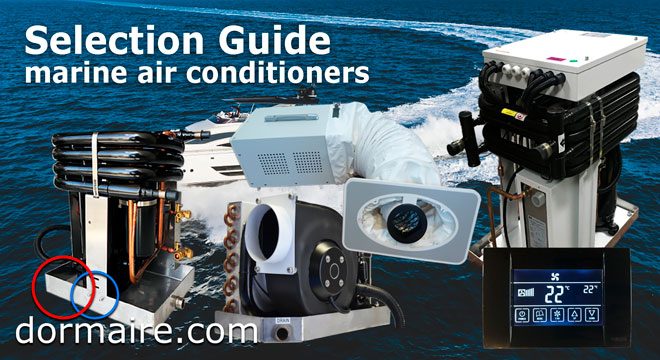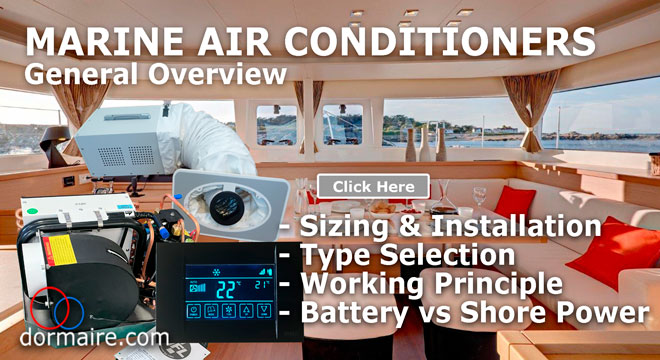Nowadays the installation of air conditioning on board of any boat has become a real necessity, and it is absolutely essential in the case of charter boats. We are no longer willing to suffer heat or cold during our holidays, and thanks to the price reduction of marine air conditioning equipment, their use is becoming more and more popular.
WHAT IS NEEDED TO DO THE PRE-INSTALLATION?
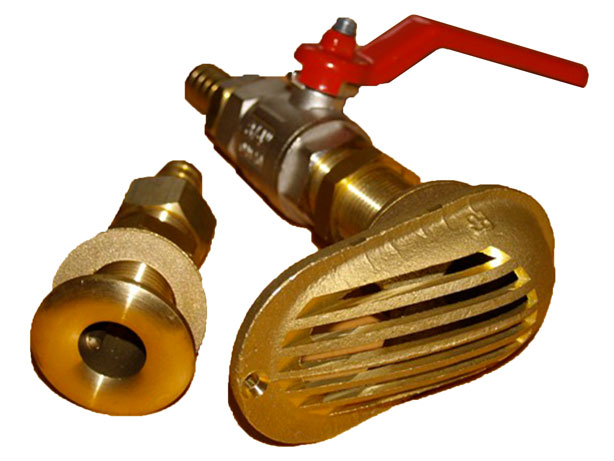
You only need 2 things: 1/2" or 3/4" SPEED SCOOP THROUGH HULL + 5/8" (16mm) OUTLET TROUGH HULL
One of the biggest obstacles when installing a marine air conditioner is usually the seawater intake. In most cases boats do not have a seawater intake available, and in order to install it, the boat must be taken out of the water. As taking the boat out of the water always involves a high cost, it is necessary to take advantage of a dry dock to install a bottom intake and a trough hull to take the hot water out to the sea. The air conditioning will be installed at a later date, when you consider it appropriate.
Air conditioning will be installed later on, when you consider it appropriate.
Installing the seawater intake is not complicated, but it will always be more convenient to have it installed by the boatyard staff, as it is a simple and routine operation for them.
The cost of installing a water intake is reduced, and when the time comes to install the air conditioning, you will be glad that you have prepared it in advance.
HOW THE AIR-CONDITIONING SYSTEM OF A BOAT WORKS
The operation of a boat's air conditioning system is similar to the central air conditioning of a house, but with some modifications.
As in a house, a unit is installed that takes air from the interior, circulates it through a cooling system, and a fan distributes it to the saloon and cabins via air pipes with their ventilation grilles.
To get rid of the heat from the air in the room, an outdoor unit is used in domestic appliances that gives off hot air. In the case of a boat, instead of the outside air, the heat is transferred to the seawater. There are several reasons for this:
- Aesthetics
- Durability of the equipment
- Less noise
- Smaller size
- Greater energy efficiency
Water cooling would also be preferable for air conditioning in houses, because it is more efficient, but we have to make do with air.
In addition, in the case of marine air conditioners, for reasons of space and simplicity, it is preferred to group everything in the same unit, which is installed inside the boat, and which groups together all the components of the indoor and outdoor units. The only device to be added is the seawater circulation pump.
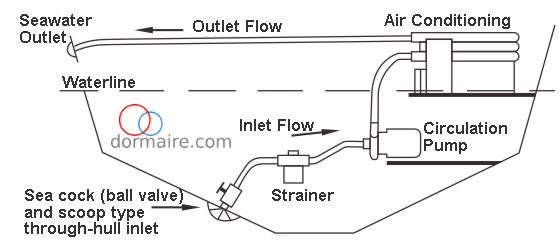
ALTERNATIVES WITHOUT TAKING THE BOAT OUT OF THE WATER
As a general rule, it is best to install water inlets and outlet glands specific to each air conditioning machine.
But there are alternatives in the event that it is not possible to install a water outlet for each air conditioning machine. Before deciding on one of these options, ask us about the details.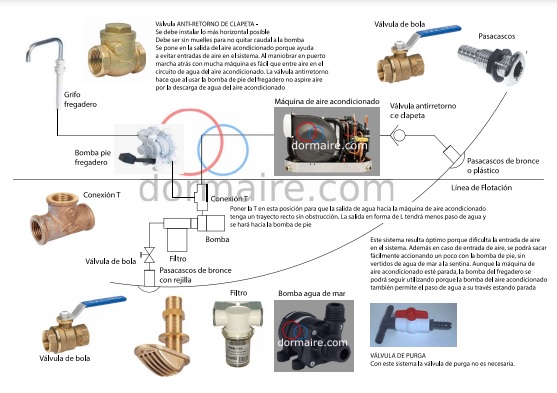 OPTION 1 - KITCHEN SINK SALT WATER FAUCET - There are boats that have a seawater tap at the galley sink. Sharing that tap would be the best option of all. It would even be better than a dedicated water intake. The reason for this is that sometimes air can enter the seawater circuit and it may have to be purged. For this purpose, it is ideal to use the seawater pump at the sink, which will be used for its intended purpose, and also to remove any air that may enter the water pipes of the air conditioning system. Without having to manipulate valves in hidden places and without spillage of water into the bilge.
OPTION 1 - KITCHEN SINK SALT WATER FAUCET - There are boats that have a seawater tap at the galley sink. Sharing that tap would be the best option of all. It would even be better than a dedicated water intake. The reason for this is that sometimes air can enter the seawater circuit and it may have to be purged. For this purpose, it is ideal to use the seawater pump at the sink, which will be used for its intended purpose, and also to remove any air that may enter the water pipes of the air conditioning system. Without having to manipulate valves in hidden places and without spillage of water into the bilge.
 OPTION 2 - TOILET (temporary installation) - When there is no other option, the water inlet of a toilet can be temporarily shared. Both can be used, but it is only a temporary installation, and on the next drydocking the toilet installation should be returned to its original state, and an additional intake for the air conditioning should be installed.
OPTION 2 - TOILET (temporary installation) - When there is no other option, the water inlet of a toilet can be temporarily shared. Both can be used, but it is only a temporary installation, and on the next drydocking the toilet installation should be returned to its original state, and an additional intake for the air conditioning should be installed.
INSTALLATION OF THE INLET SEACOCK
The size of the inlet through-hull required is 1/2" or 3/4" inch.
We are happy to advise on a case-by-case basis, depending on the circumstances of each boat, but generically there are a number of simple requirements that the water intake must meet, and you should be aware of these..

EXTERIOR - Mount the grating with the slots facing forward and in a deep part of the hull, so that it does not come out of the water when sailing, even if the boat heels, or jumps over the waves. It must be away from the turbulence of the propellers and there must be nothing in front of it to obstruct it, such as the transducer of a depth sounder.
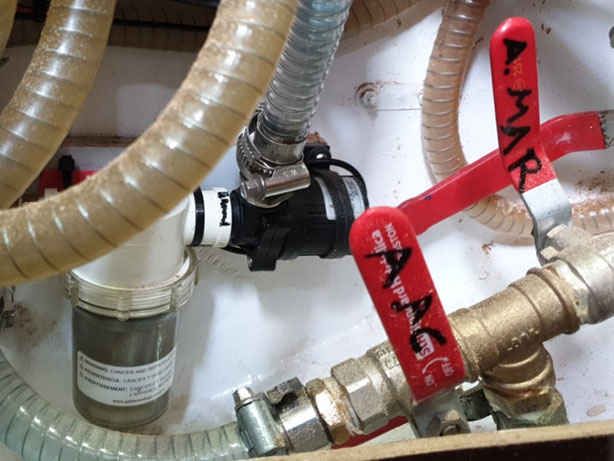
INTERIOR - It must be in an easily accessible place with enough space to clean the water filter and purge the circuit. Use double clamps, and arrange the tubes in an upward slope so that no air bubbles are trapped. Fit a bleed valve and if possible thread the pump directly to the water filter.
INSTALLATION OF THE OUTLET THROUGH-HULL
The outlet trough- hull must be for 5/8" (16mm) hose.
As with the bottom outlet, the installation of the outlet grommet is simple, but there are a number of recommendations to bear in mind:

EXTERIOR - It must be placed in a visible place, so that the water flow can be visually checked to ensure that it is correct. It should be installed above the waterline, but no more than 15 centimetres, so that the water does not make too much noise when it hits the sea. We don't want to disturb the neighbours!!!! They are having enough trouble with the heat they are experiencing.
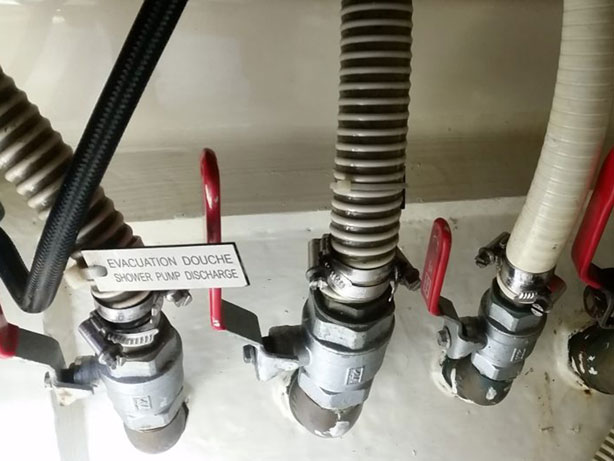
INTERIOR - It is preferable to use a space with easy access, in which there are already other outlet grommets, such as those at the kitchen sink or bathroom sink. Another recommended option would be to install the outlet grommet in a place close to the machine.
SAFETY CONSIDERATIONS
Don't be afraid of the installation of the bottom tap. Although it may seem risky to some people, drilling a hole for the bottom tap will not weaken the hull of the boat, and if it is installed correctly by a professional, it will not pose any risk. Obviously the fewer bottom taps you have, and the fewer holes in the hull, the better. But adding the air conditioning intake is not going to compromise the safety of the boat.
As with all other bottom taps, they need to be checked as regularly and replaced if they deteriorate. As you will know from experience, bottom taps tend to have a fairly long service life.
The case of the outlet through hull is even more obvious. It is installed above the waterline, so its influence on safety is even less.
In a nutshell, we can give you some advice that must be followed:
- For any installation below the waterline, you must use top quality hull penetrations and valves.
- At each and every seawater hose connection, 2 stainless steel clamps must be fitted to ensure the safety of the connection.
As long as you have the pre-installation of the water intakes done, but without actually installing the air conditioning, both the bottom tap and the outlet gland must remain plugged and sealed, so that they cannot be opened even by mistake. There is a simple and effective way of doing this, consisting of connecting a hose reinforced with textile mesh from the bottom tap to the outlet grommet. When not in use, the bottom tap should be closed. When installing the air conditioning machine, you can use the same hose to connect the machine.
Some customers install the air conditioner sharing water discharge with other drain like for instance a kitchen sink or face basin from a bathroom. This is DANGEROUS AND MUST BE AVOIDED. The reason is that the discharge thru-hull could get clogged by whatever reason, and under those circumstances water from the air conditioning pump will overflow inside the boat. In case this type of installation is used until next dry dock, is mandatory stopping the air conditioner when not on board, to prevent flooding risks.
PRODUCT GUIDES
CLICK on the image to view the corresponding guide
PROFESSIONALS
In addition to private customers, we also attend inquiries from professionals.


